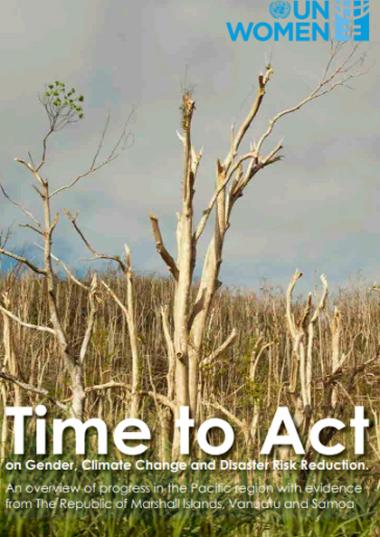

This paper describes the value of understanding risk in the development agenda, but it is also an appeal. It is an appeal to donors and all actors involved in risk reduction and management to take specific steps to accelerate the spread of risk understanding, more clearly identify risk ownership and provide leaders with the tools necessary for the risk conversation with populations. Each step should harness the capabilities of the private sector, for whom risk understanding has become a survival skill.
Find here the main summary points and recommendations from this report:
- A strategic approach to risk: The ambition for any country has to be system level, multi-hazard assessment of risk at national level, drawing all responses to risk into an overall plan.
- Empowerment: Risk owners should be empowered through a partnership approach in developing national capacity in risk analysis. Empowerment must include women's participation at all stages in the process.
- Collaboration: Public-private partnership should be at the heart of the risk assessment process in development.
- Open modelling principles: Donor governments, foundations and climate funds should encourage adoption of a minimum set of open modelling principles in development programmes. Cost should not be a barrier to entry to understanding risk
- Development of a scale for assessment of risk analytics capacity: Risk owners should have access to a framework and advice to assess the maturity of their risk function, and select a pathway to developing it according to the risk questions they face. Availability of a 'starterpack' of global models and data accessible on open platforms would be a major contribution.
- People-centric metrics: Data must be disaggregated to enable a gender focus and programmes specific to the vulnerable and/or financially excluded.
- Risk education and communication: The risk message doesn’t resonate with an authority or community unless it is understood and they have clear ownership. Planning in risk capacity building must include provision for sustainable risk education and communication programmes.




